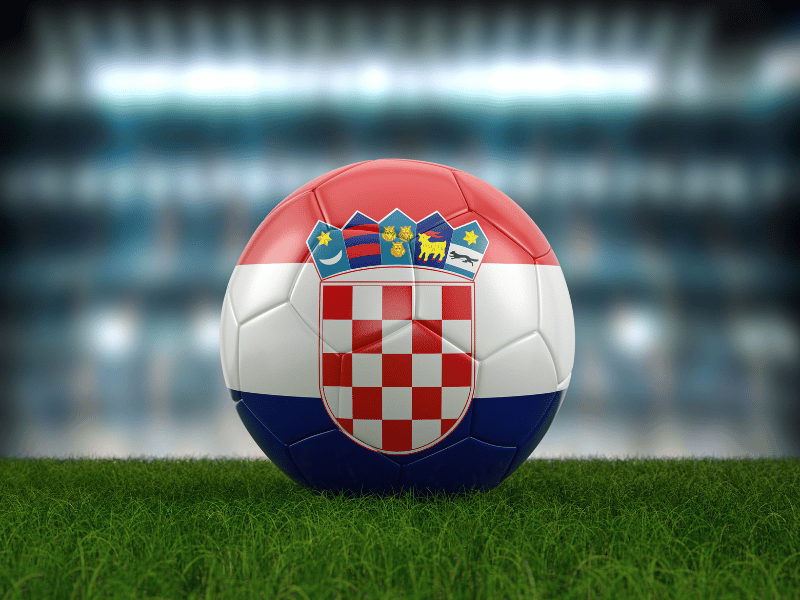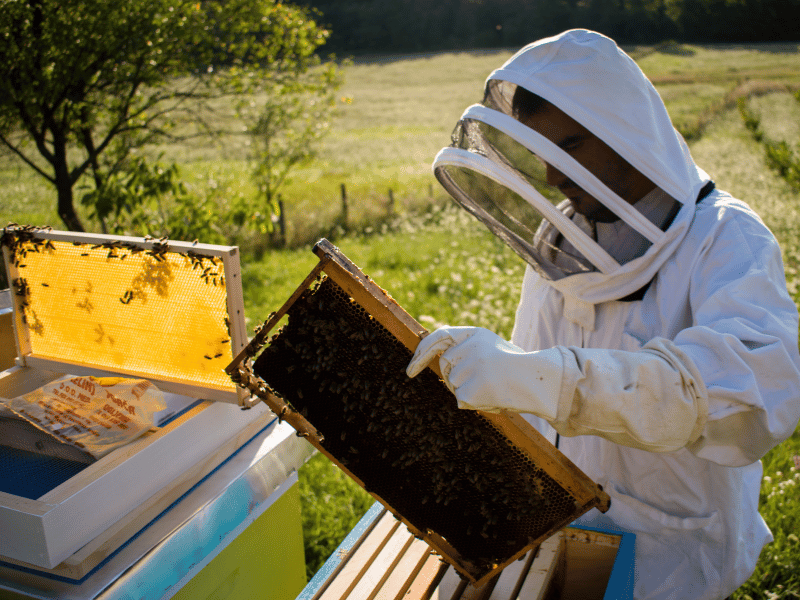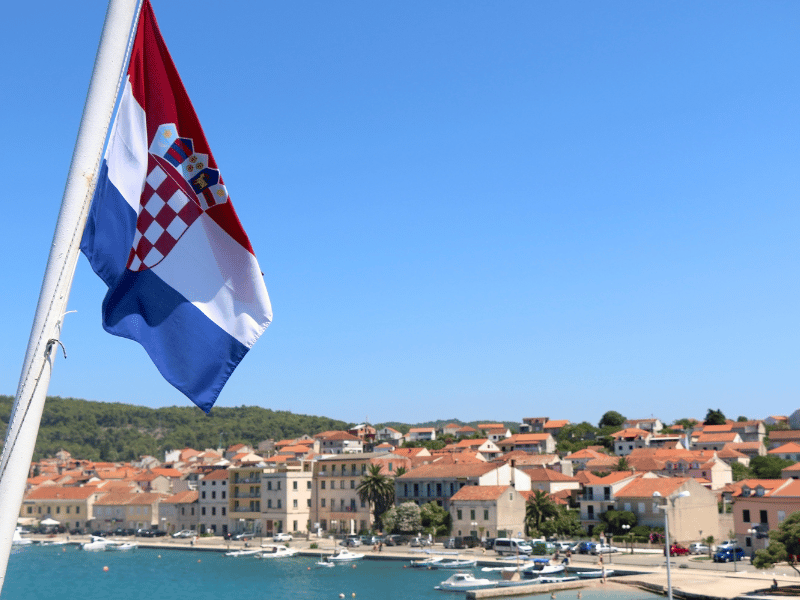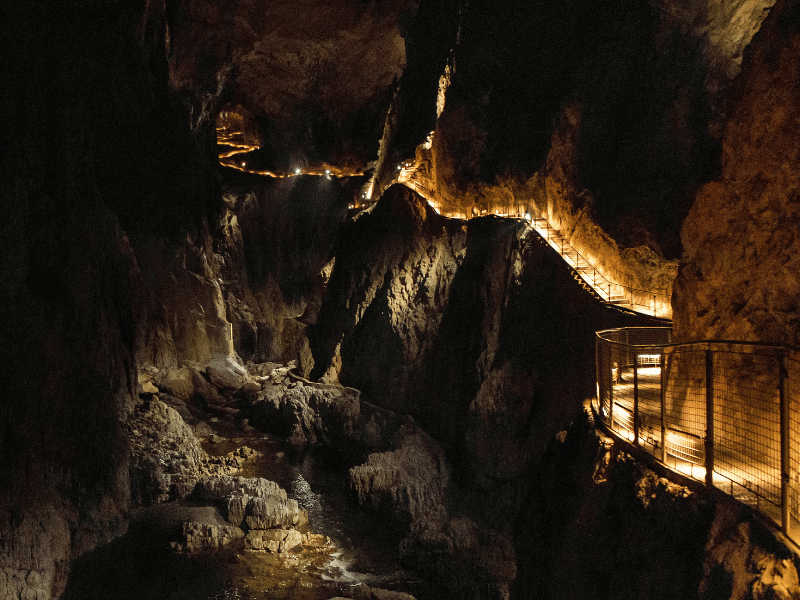Putney’s Exploration Croatia & Slovenia program is new for summer 2024! Find out more about these diverse countries and a few unique things students can expect on this program.
1. Slovenia and Croatia boast remarkable athletic feats
For their relatively small populations, Slovenia and Croatia have had incredible sporting success since gaining their independence in 1991. The most popular sports in Slovenia are football, basketball, skiing, and cycling. Slovenia has won a total of 52 medals at the Summer and Winter Olympics. Croatia has found great success in tennis, football, handball, basketball, and water polo. The country has also won 52 medals in the Winter and Summer Olympics and several thousand medals in various World and European Championships. Over the last 15 years, Croatia belongs to the top 20 countries worldwide by the medals per capita criterion.

2. Beekeeping in Slovenia dates back to the 18th century
One in every 186 people in Slovenia keeps bees, four times the European average. Today, the Carniolan honey bee is the only protected native bee species in the European Union and is the only bee permitted to be kept in Slovenia. Slovenian beekeeping dates to the 18th century, and throughout history, Slovenes have made persistent efforts to protect beekeeping as an important cultural and environmental practice and more recently, spread international awareness about the significance of bee conservation. Slovenia succeeded after three years of lobbying to have the UN General Assembly proclaim May 20th as World Bee Day in 2017.
Students on our Exploration Croatia & Slovenia program will spend a day with a Slovenian beekeeper and learn why beekeeping is such an integral part of Slovenian culture!

3. Picigin is a ball game created in Croatia
Picigin is a traditional ball game from Split, Croatia, that is played in the shallow waters of the beach. The objective is to hit the ball to the other players and keep it from falling into the water. Since picigin is an amateur sport, there are no strict or formal rules, but it is played according to general tradition with little variation. While the basic concept of keeping the ball up is the foundation of the game, there is also a creative element of artistic style in the way players choose to hit the ball. The ball itself is made from a tennis ball that has the felt removed and is abraded to thin the rubber so it bounces well.
While in Croatia, students on Exploration Croatia & Slovenia will try their hand at picigin!
Click here to watch a video about the sport.
4. Bura vs. Jugo winds create quite a stir in Croatia
There are some winds in Croatia that have characteristics recognized to bring more than just a change in weather. Many Croatians believe the wind can also affect one’s mood and health. The Bura is a northeastern wind blowing from the inland toward the sea. It is said that the Bura is a healthy wind as it brings refreshment and clears the air. The salty sea spray that results from the Bura coats the grass on the island of Pag, giving the milk from the sheep on this island its famous flavor. The Jugo is a strong southeastern wind that blows onto the Adriatic shores from the Sahara desert of Africa. The Jugo is a low-pressure, warm wind that is attributed to cause slow productivity, grumpiness, and bad luck. When the Jugo is blowing, it is blamed for everything. It is more than a superstition—important events such as business meetings or school tests will sometimes be postponed until after the Jugo passes!

5. Slovenian caves are famous World Heritage Sites
In the Karst region, or the northwestern-most section, of Slovenia, The Škocjan and Postojna are two major cave systems that have attracted interest from people all over the world. The Škocjan Caves set themselves apart from other caves with the exceptional volume of its underground canyon: 78 million cubic feet (2.2 million cubic meters). It is considered the largest discovered underground chamber in Europe and one of the largest in the world. Recognized for its exceptional significance, Škocjan Caves was included on UNESCO’s list of natural and cultural World Heritage sites in 1986. More than 150 animal species live in the Karst Caves of Slovenia and the Postojna Cave is the most biologically diverse cave in the world. It is home to the vulnerable species, the olm. Measuring up to 16 inches, olms are one of the largest aquatic cave-dwelling amphibians in the world, and they can live up to 100 years!

6. Bonus fact
One of our very own colleagues at the Putney Barn, Julia, got married in the castle in Bled, Slovenia! Her husband, Tyler, successfully followed the local tradition of carrying his wife up the 99 steps to the chapel on the island in the middle of Lake Bled after the ceremony at Bled Castle.
This summer, Putney students will take a day trip out of the capital city of Ljubljana to witness the stunning Lake Bled and visit this castle. Click here to learn more about our program in Croatia & Slovenia.






